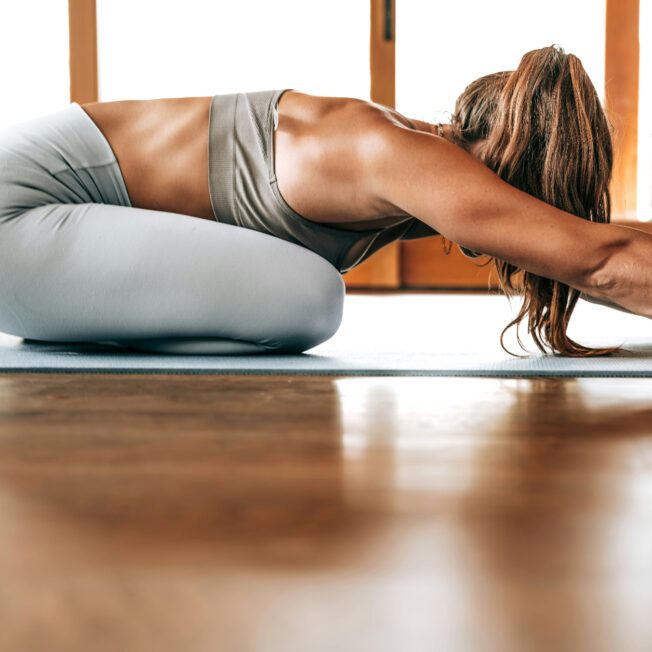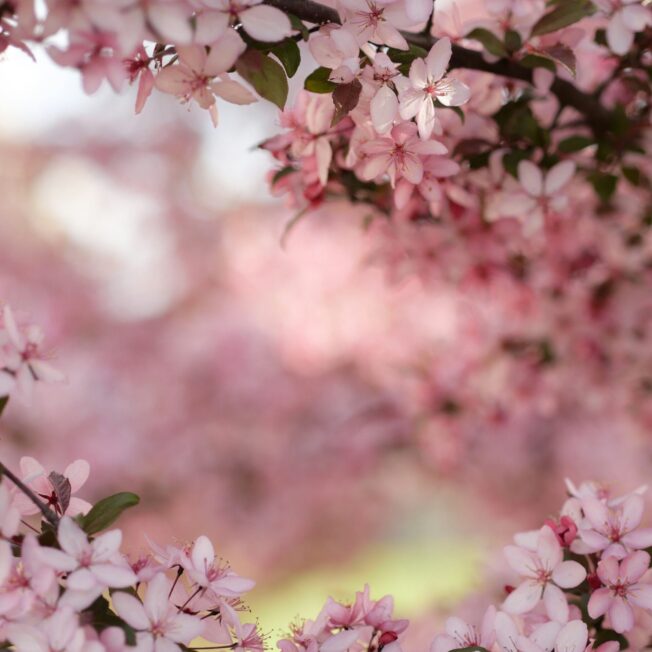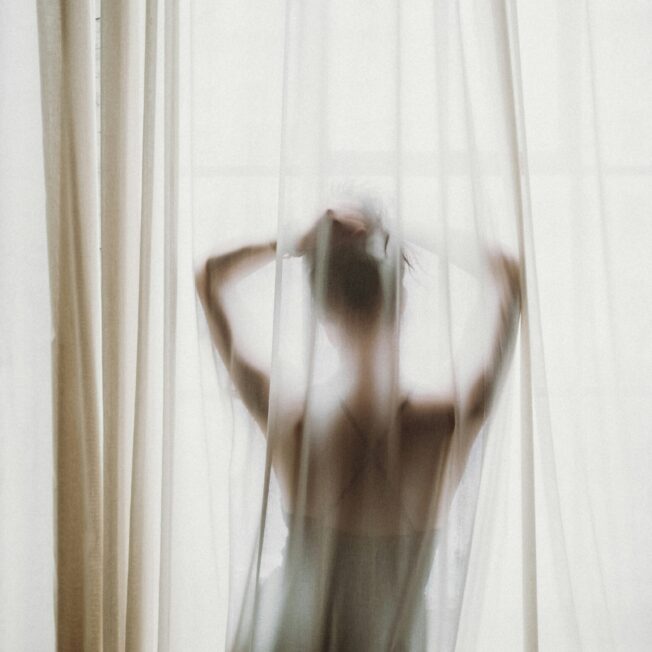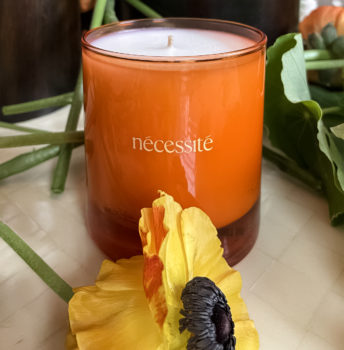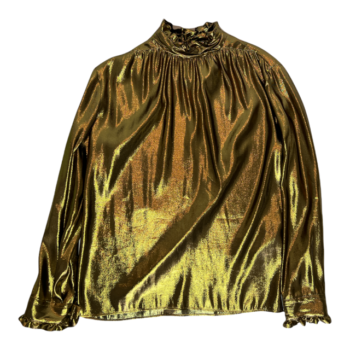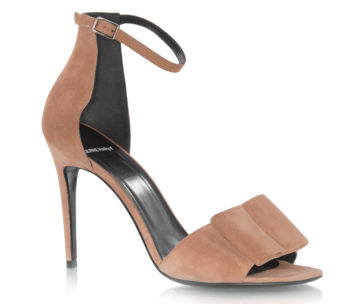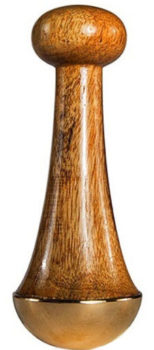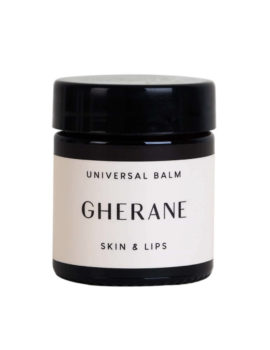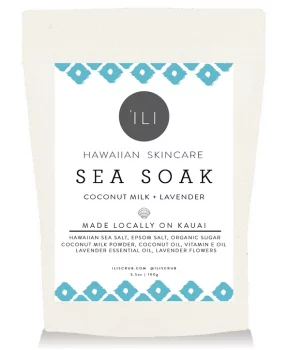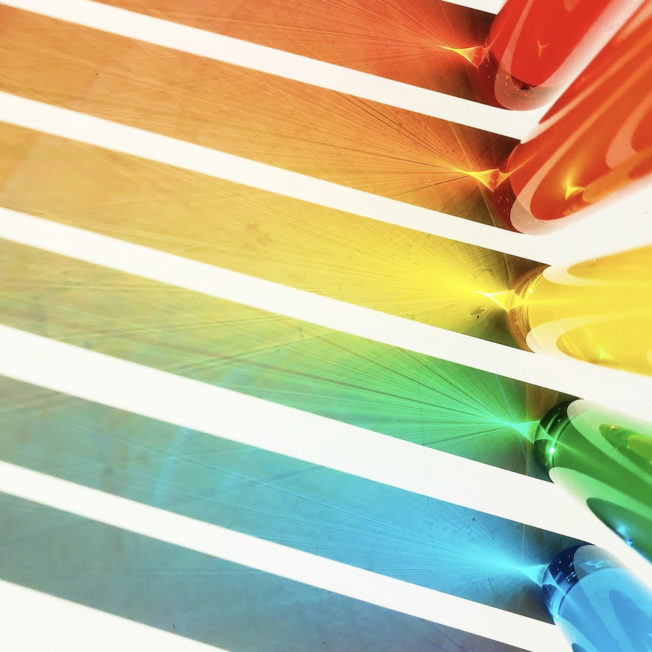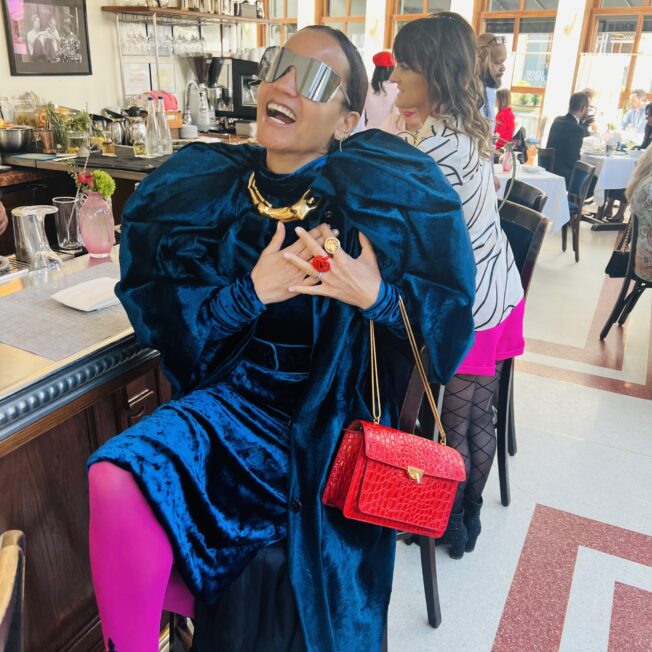We all probably heard about color theory in school, probably in an art class when exploring what two colors mixed together would make. While that is one way to perceive color theory, it can also be seen as a way for designers to communicate with people. There’s a deeper exploration we can take into the psychology of colors and the effects each play on our
Well, What Is Color Theory?
Our knowledge of color theory may trace back to school days, or spark a lightbulb in the minds of any interior design enthusiasts. Color theory is a collection of rules and guidelines that designers will use in order to communicate with people through color schemes that are visually appealing. Designers will typically use a color wheel to refer back to in order to find the best colors for every situation while also tapping into external knowledge that dive deeper into psychology, culture, and our optical ability as humans.
What are the Kinds of Colors?
In order to break down the concept of colors, we need to take it back quite a few years. Though Aristotle developed what was the first known theory of color, Isaac Newton established his own color theory in 1666, which replaced the philosopher’s original concept. Aristotle suggested that all colors came from white and black, correlating each to the four elements.
Thousands of years later, Newton invented the color wheel, understanding each color as human perceptions of the different wavelengths of light. Through this, he organized his findings to establish a color wheel that displayed three primary colors: red, yellow, and blue. Also established were additional categories, including secondary colors (mixes of the primary colors) and tertiary colors (mixes of primary and secondary colors). Beyond the categorized colors, there are also color properties, like its hue, chroma, and lighting.
What Effect Do Colors Have On Us?
Color psychology has become a growing concept over the years. Though specific colors can play a role in our moods, our emotional responses to each have a lot to do with their saturation and brightness. For colors that are less saturated, but still bright (think sage green), they tend to exude a more relaxing energy. If a color is more saturated but less bright (think sapphire blue), it tends to be more energizing to look at. We also react differently to tones of colors. For example, if we’re surrounded by more warm tones, it feels as though the room itself is warmer. If you live in a cooler climate, choosing warm tones for your surroundings may create a literal warmer environment.
While there is some science into how certain colors affect us, some of it also does come down to our own personal preferences. Think about it — do you associate certain colors with good or bad things in your life? Think about how different cultures perceive colors, too. For example, in China, the color red is associated with good fortune, but in India, it is associated with purity.
Because of our personal attachments to certain colors, these preferences can influence our moods on sight. For example, if you like the color pink and you see a pink building, this may evoke a positive emotional response.
How to Use Color Theory in Our Lives
The best way to embrace color theory in our lives is by adjusting the things that are in our control. This is more than likely going to be your home, but maybe it’s your desk at work or any other personal space that you may have. It can also apply to our clothing, too, and the colors and hues that appeal the most to us. While there can be multiple interpretations of each color, not only from a personal but also a cultural standpoint, it’s best to focus on how it affects your mood.
We know that there are certain colors that can be linked to specific states of being and emotions. For example, green is generally linked to creative thinking, so if you’re looking to boost creativity in your life, perhaps opt for a green paint or even some decor for any renters out there. On the other hand, blue is a color that tends to spark thoughts of trustworthiness. These two colors fall into the cool tone categories, which overall can help with calmness.
On the opposite end of things, the colors red, orange, and yellow fall into the warm tone category and can potentially boost your mood instead. As you break each color down into various shades, hues, and saturation, it could possibly shift the emotions associated with each slightly. We may associate pink with love and romantic emotions while purple could be linked to royalty, or even mystery. It’s up for interpretation! And as you break each color down into various shades, hues, and saturation, it could possibly shift the emotions associated with each slightly.
